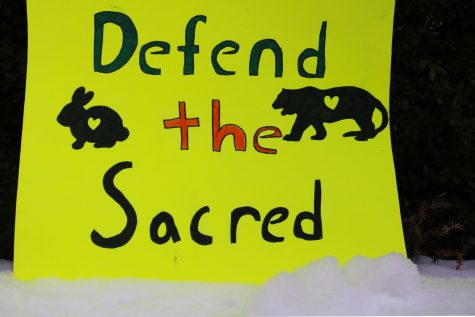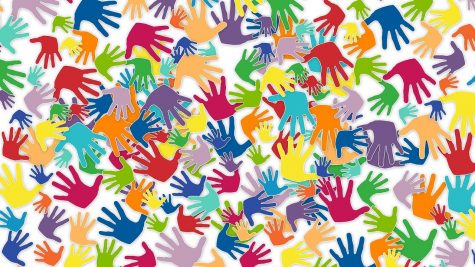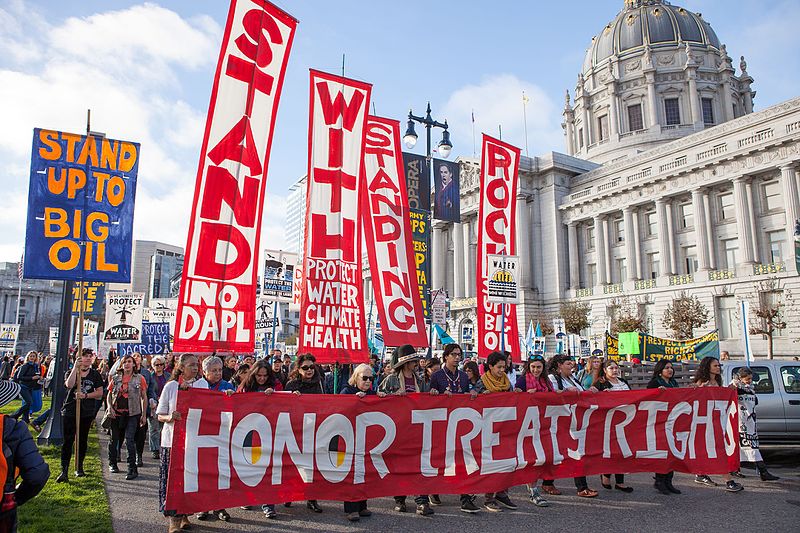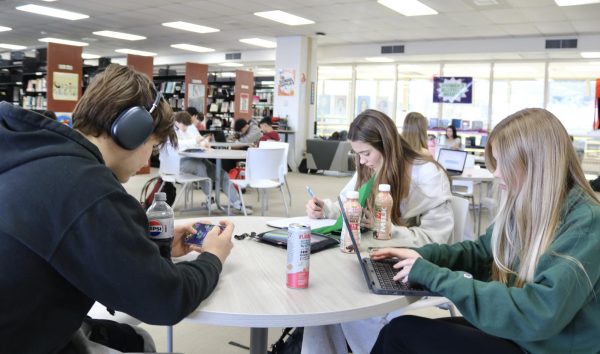Indigenous voices matter
Over 383,000 gallons of oil have gushed from the Keystone Pipeline, covering and harming an estimated half an acre of native wetlands, according to North Dakota state environmental regulators. This was the second major oil spill involving the Keystone Pipeline in the last two years. The native populations protesting the pipeline had warned of such dangers, but greedy businessmen and government officials ignored them.
The Keystone Pipeline system runs from Alberta, Canada, to refineries in southern Illinois and Texas. The Keystone XL portion of the system, which President Trump gave approval for construction in 2017 and re-affirmed in 2019, has long been subject to protest, largely from indigenous communities and their allies, dubbed the Standing Rock protests. Its construction not only posed a threat to the water supply of the area but also to ancient sacred burial grounds.
Indigenous people from all over the world came together to protect the site, and the movement grew into something larger than a protest against the pipeline. Indigenous communities warned of the potential harm it could inflict, and they were right. The underlying truth of the Standing Rock protesters cannot be ignored. Indigenous people around the world understand the desperate realities in the struggle against climate change and because of this deep and oftentimes personal understanding, they should lead the movement to combat it.

Common signs used for the Standing Rock protests include the phrases “Defend The Sacred,” “Water Is Life” and symbols of animals and indigenous people, all of which the protesters wish to make a stand for.
Despite their traditional connection with their lands, across the globe native communities have been forced out of their homeland so that nations and corporations could exploit and destroy their homes. Violence against indigenous people continues to rise as they remain some of the world’s staunchest defenders of the climate and the earth. Groups like the Wet’suwet’en nation, a sovereign region within the borders of Canada, and the tribes defending Standing Rock, have been targeted by governments. Indigenous defenders of the Amazonia come under attack from malicious corporations looking to exploit the natural resources of the region. Companies and governments burn large swaths of the forest, their ancestral homelands, in order to continue to profit.
The communities most often at threat from the changing climate are the indigenous peoples of the globe. People in the Arctic, like the Sami, live through the disappearing ice. People from the Amazon, like the Quechua, are under threat from the destruction of their home for profit. Aboriginal people from Australia can only watch as their home burns around them, erasing their sacred sites and their cultural heritage. Indigenous people, while making up only 5 percent of the world’s population, inhabit around 25 percent of land and support and maintain around 80 percent of the world’s biodiversity, according to the World Bank.
Listening to indigenous voices forces us to come to grips with a different worldview. Not a different worldview politically but a different understanding of the fundamental machinations of the world. For people who exist in the western, urban societies, whose way of life is focused on the commodification, consumption and exploitation of resources, the indigenous understanding of the world is foreign. Many indigenous communities understand the earth as a separate entity, one that provides a great deal of wealth, but one that requires care and nurture.

Often, indigenous communities act as guardians of ancestral knowledge for guarding and living with the environment. In Australia, the aboriginal community is known for its impressive land management via the use of fire. Fire holds a spiritual, often sacred, position in the aboriginal communities. Called “cultural burns” or “cool burns,” these low-temperature, knee-high fires are meant to burn continuously throughout the landscape and have been used by aboriginal communities since long before Europeans invaded.
The current techniques used by the Australian government to prevent fire focus too much on protecting property and not on taking care of the land. According to the BBC, cultural burns focus on protecting the entire environment for its continued survival. Cool burning replenishes the earth and creates extremely beneficial micro-climates. It can even help encourage rain. Of course, their effectiveness is limited by global climate change and the vast change that colonization has brought to the environment of Australia.
For some time, many aboriginal leaders raised concerns over the overgrown bush and increasing amounts of dry kindling, yet the Australian government denied permission to engage in cultural burns, the BBC reported. Instead, informed by the Western views of fire management, the Australian government has forged ahead with destructive practices.
The fires in Australia, just like the fires in the Amazon, are the result of ongoing colonization. Around the world, indigenous people have lived and understood their native lands for thousands of years, and have cared for and nurtured them. They protect water, they protect forests and they protect the earth. It’s time to realize the original stewards of the land should be the ones leading the charge against the existential threat the globe faces.











